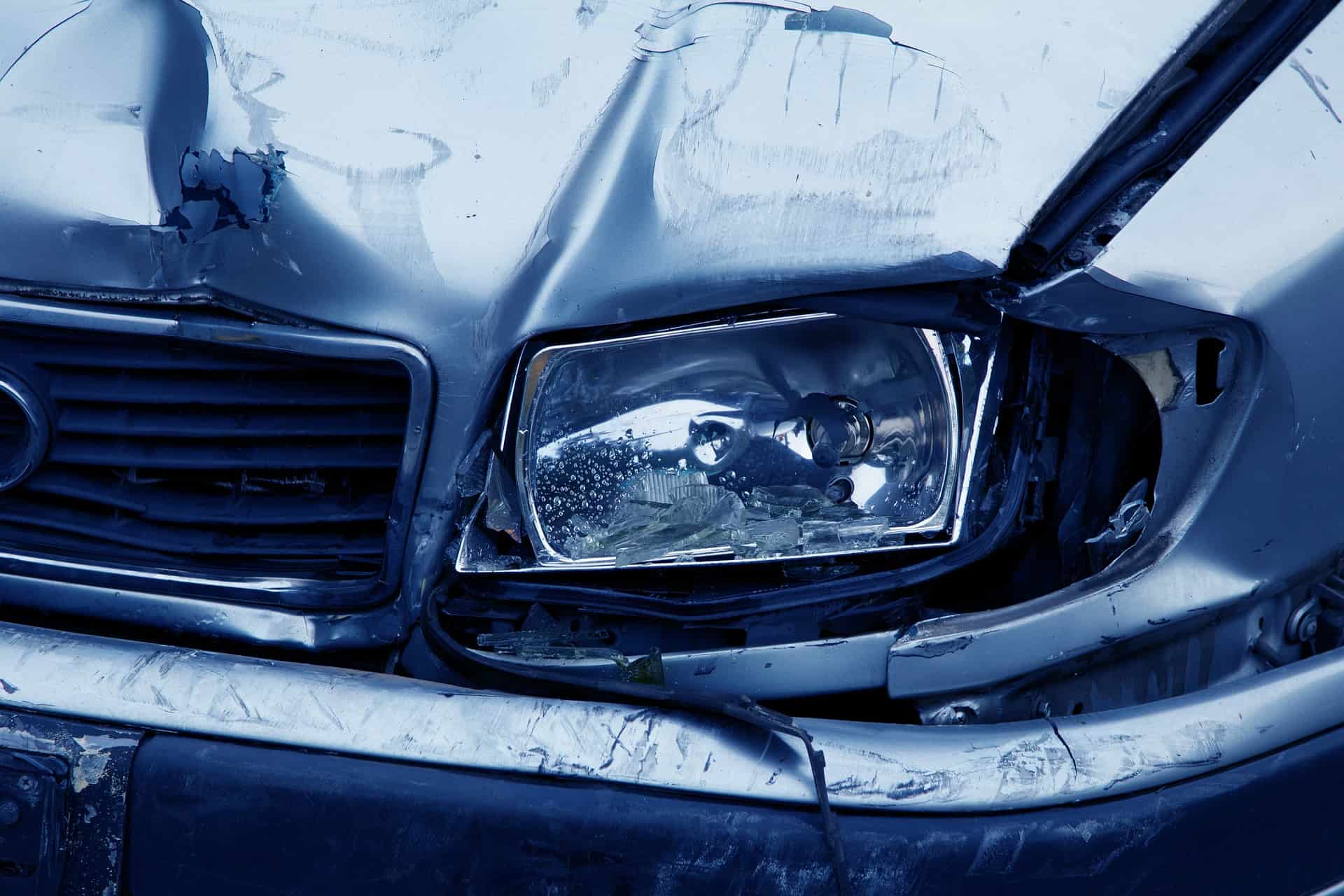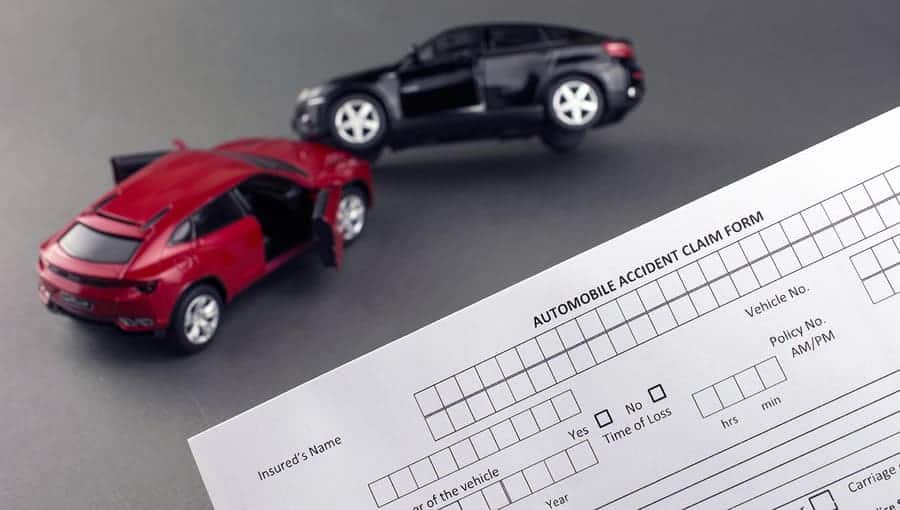Car Accident Settlements by State

Review auto accident laws and see average car accident settlements in your state. Review specific laws by city and county, average accident settlement amounts, and learn how long you have to file a claim.
![usamap03-1[1]](https://lawsuitinfocenter.com/wp-content/uploads/2021/05/usamap03-11.png)

- How Much Is Your Car Accident Settlement Worth?
Find out the maximum compensation you could receive.
- How Much Is My Car Accident Settlement Worth?
Frequently Asked Questions:
Car Accident Laws by State
If you are in a car accident where each driver was 50% at fault, what happens next depends upon the state in which the accident occurred. Below are the three major types of negligence law in effect in the various states. Which type of negligence law is in effect in that state affects your ability to sue or be sued for damages:
- Pure contributory negligence: This is the most draconian type of negligence standard that only a few states have. It means if you were even 1% at fault for the crash, you cannot recover damages at all. The same holds for the other driver: If they were 1% at fault, they cannot recover damages. So, in a 50 50 accident, the injured driver theoretically cannot recover damages.
- Pure comparative negligence: You can recoup damages in proportion to your degree of fault. If you are 50% at fault and have $5000 in damages, you could recover $2500.
- Modified pure comparative negligence: This means you can also recover damages based upon your degree of fault, up to a certain percentage of fault. If you have $5000 of damages and were 50% at fault, you generally can recover $2500. But some states have a 49% threshold, so theoretically you could be barred from recovery.
Most drivers eventually get into car accidents. Below are the most common legal consequences if you are at least partially responsible for a car accident:
- Lawsuit: Most car accidents do not actually end up in court. The clear majority are settled by insurance companies representing both parties. But there are exceptions where a lawsuit can come into play. The insurance company for the responsible driver may not want to pay as high a settlement as the person thinks he is owed. If this occurs, the other driver could file a lawsuit against you. Your insurance company usually will defend you. But if injuries and damages go over your policy limits, you may be held personally liable.
- Criminal charges: Most car accidents, even if you were 100% at fault, do not result in criminal charges. Car accidents usually only involve a criminal charge where there was reckless driving, or drugs and alcohol was involved. If you are drunk and injure someone in a car accident, you could get at least a few days to weeks in jail and fines into the thousands of dollars.
On a related note, being held liable for a serious car accident usually will cause a spike in your auto insurance rates.
A major factor in who is blamed for a car accident is the opinion of the police who responded to the scene. It is common for the police officer’s version of events to be more reliable than that of either party to the accident. That is why insurance companies usually use the police report to determine who was most likely at fault. The police report can often ‘break the tie’ between two people who claim the other party was at fault.
Other evidence that can be used to determine fault in a car accident includes:
- Evidence gathered at the scene. When you are in an accident, it is helpful to collect evidence at the crash scene if you can. Take as many photos of the accident scene, car damages, tire marks and vehicle position as you can. The more evidence you can show that points the finger of blame at the other person, the better.
- Admitting fault. It is very damaging to your case later if you admit any fault at the scene of the accident. When speaking to the police, simply state the facts of the accident as you believe them to be. Even if you think you were at fault, you still should not volunteer this information. Allow the police and insurance companies to draw the conclusion on their own.
- Witness testimony. If there were witnesses to the accident, what they say to the police can be very important to establish liability.
Some states have no fault insurance laws, which means you are supposed to make a claim with your own insurance company for damages and injuries in an accident. Who was at fault is not supposed to matter in most car accident settlement claims in no fault states, but it can matter, depending upon the state and the amount of injuries involved.
There are no states that have no fault insurance where it is ALWAYS impossible to file a car accident lawsuit against the other driver. However, most no fault insurance states do make it harder to file a lawsuit. Most of these states will allow for civil litigation IF the damages go over a certain amount that can vary by state. In many states, it is possible to sue for actual damages – medical costs and lost wages primarily – but not pain and suffering.
There are two basic types of thresholds in states with no fault insurance:
- Monetary: The state allows personal injury lawsuits if your medical expenses go over a certain amount. $5000 is a common number.
- Verbal: The state allows a personal injury lawsuit if the injuries are ‘serious.’ As you would expect, any wrongful death car accident claim is universal considered serious but otherwise the definition will vary by state.
Some states allow you to add on no fault insurance to your policy. In these states, the driver can pay more each year to add personal injury protection (PIP) coverage to the policy. If you are injured, you will be paid no matter who was at fault. Still, you may be able to sue for injuries and even pain and suffering.
There also are states that have ‘choice no fault insurance.’ These systems vary, but essentially drivers can choose whether they want no fault insurance or keep their full rights under a traditional tort-based system. If you select no fault, you have limited rights to sue, and other people have a limited right to sue you. If you go with the tort system, you can sue for all accident injuries, but not if the other driver selected no fault.
Currently there are 12 states which are considered “no fault”. This means that in the event of a car accident, each driver’s insurance company would cover their own client’s medical expenses, lost income, and so on. This is different from most states in that in the other 38 states, the driver found to be at fault is responsible for the other persons damages, so any attempts to file a car accident claim would be with the at fault driver’s insurance.
Here’s a good way of thinking about it – if the car accident settlement check came from an insurance company that isn’t your own, you are not in a “no fault” state. If it came from your own insurance company, you were in a no fault state.
The current No Fault states for car accidents are:
- Hawaii
- Utah
- North Dakota
- Minnesota
- Kansas
- Michigan
- Kentucky
- Pennsylvania
- Florida
- New Jersey
- New York
- Massachusetts

- What’s my car accident settlement worth?
- Find out in less than 60 Seconds!
Related Articles
Whiplash Payout Scale for Grades 0-4
Whiplash is common in car accidents, especially rear-end collisions. Your head and neck are forcefully jerked back and forward by the rapid acceleration-deceleration combination, causing injury to the head, neck, and shoulders. Each auto accident is...
How Long Does a Car Accident Settlement Take?
Involvement in a traffic collision creates a difficult situation, which can be made worse by injuries and property damage. You may be legally entitled to monetary compensation. How long does a car accident settlement take? The answer is different for everyone, but...
How To Adjust to the Traffic and Transportation Culture of a New Area
Even within the same country, transportation cultures can be drastically different. For instance, in New York, the public transportation system is a lifeline for many residents, with the subway being the primary mode of transportation. The city's layout encourages...
The Safety, Pros, and Cons of Different Methods of Transit
There are pros and cons for the different forms of transportation people use every day. The choice of how to get to work or school, run errands, or take longer trips often depends on what modes are available. In densely populated cities, bikes, walking, and public...
How Smart Infrastructure Will Improve and Complicate Public Safety
The American Society of Civil Engineers explains that smart infrastructure uses sensors, cameras, and other connected devices to collect information that helps provide better public services. It works in security, traffic, public transportation, utilities, air...
How To Rethink Your Approach to Hobbies in Light of an Injury
Hobbies are incredibly important for your health and your quality of life. They reduce your stress levels and fight off anxiety and depression by allowing your brain to focus on something you enjoy. You can use hobbies to connect with others, get outside, and get...
Can Exercising Negatively Affect a Car Accident Settlement?
Exercise is a daily part of life for many people. Some individuals work out to stay fit and improve their mobility while others enjoy the mental health benefits of running, swimming, and participating in other forms of exercise. However, after a car accident, it can...
How To Identify Dangerous Driver Behavior in a Taxi or Rideshare
You’ve most likely taken a taxi or rideshare from or to the airport, an event, or just to a friend's house. As integral tools in modern life, they offer convenience, efficiency, and, in many cases, a cost-effective alternative to owning a car. However, like any other...
How New Technologies May Pose New and Unique Distracted Driving Challenges
Distracted driving is one of the most common causes of accidents. The National Highway Transportation Safety Administration (NHTSA) counted 3,522 fatalities in 2021 due to distracted driving. Distracted driving is usually associated with cell phones, but the Centers...
